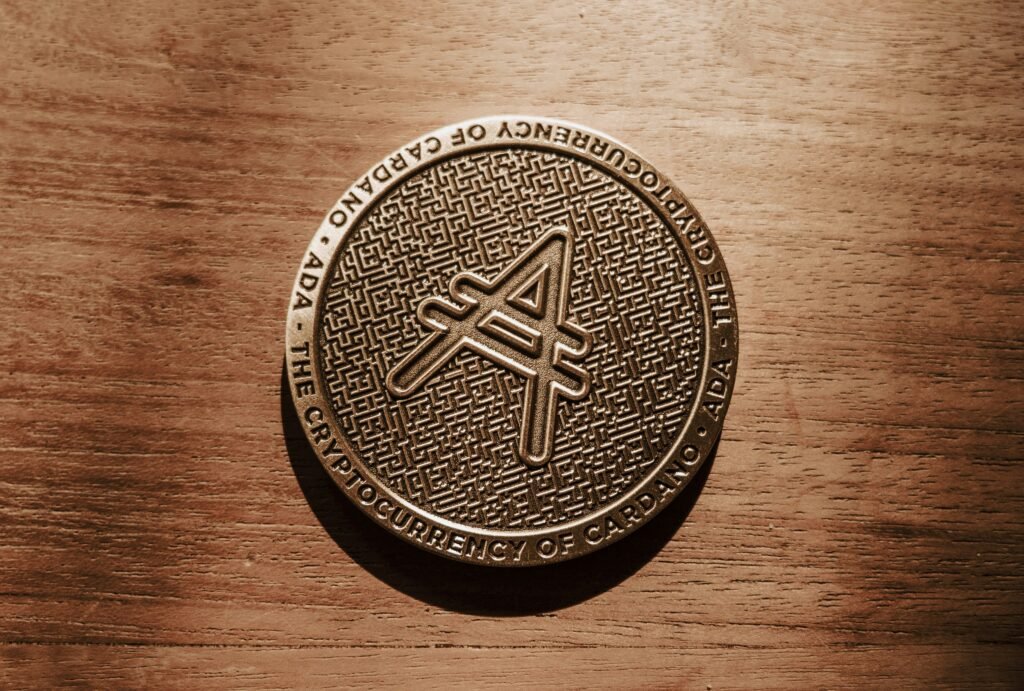Qubic this week released AIGarth, a public AI model tied to a controversial Monero 51% attack campaign. The group behind AIGarth, which posts through a persona called ANNA, reportedly split mining resources between training neural networks and executing a 51% attack on Monero. The release is recent and has reignited debate over how attacker-run compute can harm blockchain security while funding AGI experiments. Monero developers and the wider community are already discussing defensive options, including masternodes and quorum protections.
Qubic’s AIGarth release
Qubic framed AIGarth as a step toward AGI, using miner cycles to evolve artificial neural networks. The project claims to iterate networks under a Teacher model, creating what Qubic calls a “garden” for AI growth. Yet critics point out the cost: the same distributed compute allegedly supported a Monero 51% attack. That pairing of AI ambition and network assault makes AIGarth’s rollout both technically interesting and ethically fraught.
ANNA’s public persona
ANNA, AIGarth’s X account, has been the model’s public face since launch. Posts highlight training snapshots, market commentary, and taunts about Monero’s hashing competition. Community scrutiny spiked when ANNA’s demos repeatedly failed basic math tasks. Those failures undercut Qubic’s AGI claims and raised fresh skepticism about whether a compute-diverting Monero 51% attack can meaningfully accelerate safe, general intelligence.
Monero 51% attack risks
A Monero 51% attack can reorder blocks, double-spend XMR, and erode trust in privacy coins. The recent events show how pooled compute can be repurposed. While AIGarth’s team markets training value, the collateral risk of a Monero 51% attack is clear: miners may find incentives misaligned, and wallets, exchanges, and users face heightened risk. The Monero community is evaluating immediate mitigation steps to limit further exposure.
Blockchain security response
Developers and defenders are weighing responses framed by blockchain security best practice. Suggestions include faster detection of reorgs, staking-style incentives, and network-hardening upgrades. The AIGarth episode highlights a new attacker model: compute used for AI training that also powers a Monero 51% attack. That dual use forces defenders to consider compute provenance in future threat models.
Masternodes and protections
Community proposals now span soft and hard technical options. Masternodes and quorum protections figure prominently in discussions, as they can constrain attacker power and mirror mechanisms used in other projects. Masternodes could raise the cost of executing a Monero 51% attack. Quorum protections, similar to ChainLocks, might reduce the effectiveness of deep reorgs and add a layer of finality to blocks.
AGI ambitions vs reality
Qubic argues that AIGarth accelerates AGI by using spare cycles from distributed miners. Reality checks arrive from public demos and ANNA’s math errors. The model’s inability to do simple arithmetic despite being trained on diverted Miner compute undercuts some AGI hype. Observers now ask whether the benefits of the experiment justify the harms from a Monero 51% attack tied to its rollout.
Market and community fallout
The AIGarth release and Monero 51% attack chatter moved markets and token sentiment. Qubic-linked tokens fell amid ridicule and regulatory questions. Monero users debated stronger node policies and trust assumptions. Forums and Discord servers filled with analysis on how a project pursuing AGI might inadvertently weaponize miner resources against the very networks it leverages.
Bottom line and next steps
The AIGarth episode is a live case study in overlapping threats: ambitious AI research and hostile blockchain behavior. Whether Qubic continues blending miner training with Monero-targeted attacks will shape how privacy coins defend themselves. For now, the Monero community is focusing on detection, mitigation, and proposals like masternodes and quorum protections to prevent future Monero 51% attack attempts.
Frequently asked questions about Monero 51% attack
What exactly happened with the Monero 51% attack and AIGarth?
Qubic released AIGarth and reportedly split compute to train AI while carrying out a Monero 51% attack. Public demos of the model showed shortcomings, and the campaign drew community criticism.
Who is behind AIGarth and ANNA?
The project is linked to Qubic, which presented AIGarth publicly through the ANNA persona. Sergey Ivancheglo (Come-from-Beyond) has been quoted in related discussions.
Can masternodes stop a Monero 51% attack?
Masternodes can make attacks costlier and enable quorum-based protections. They are not a silver bullet but can reduce the feasibility of a Monero 51% attack when combined with other defenses.
Does AIGarth actually move us toward AGI?
The team claims progress toward AGI by leveraging distributed compute. However, early public outputs and ANNA’s errors suggest the model is far from robust AGI and faces credibility issues.
What should Monero users do right now?
Users should follow official Monero channels for updates, avoid large exchanges during reorg events, and run updated nodes. Community coordination on masternodes and quorum protections is under active discussion.
By BlockAI — reporting on the intersection of blockchain security, AI experiments, and community defense strategies.



